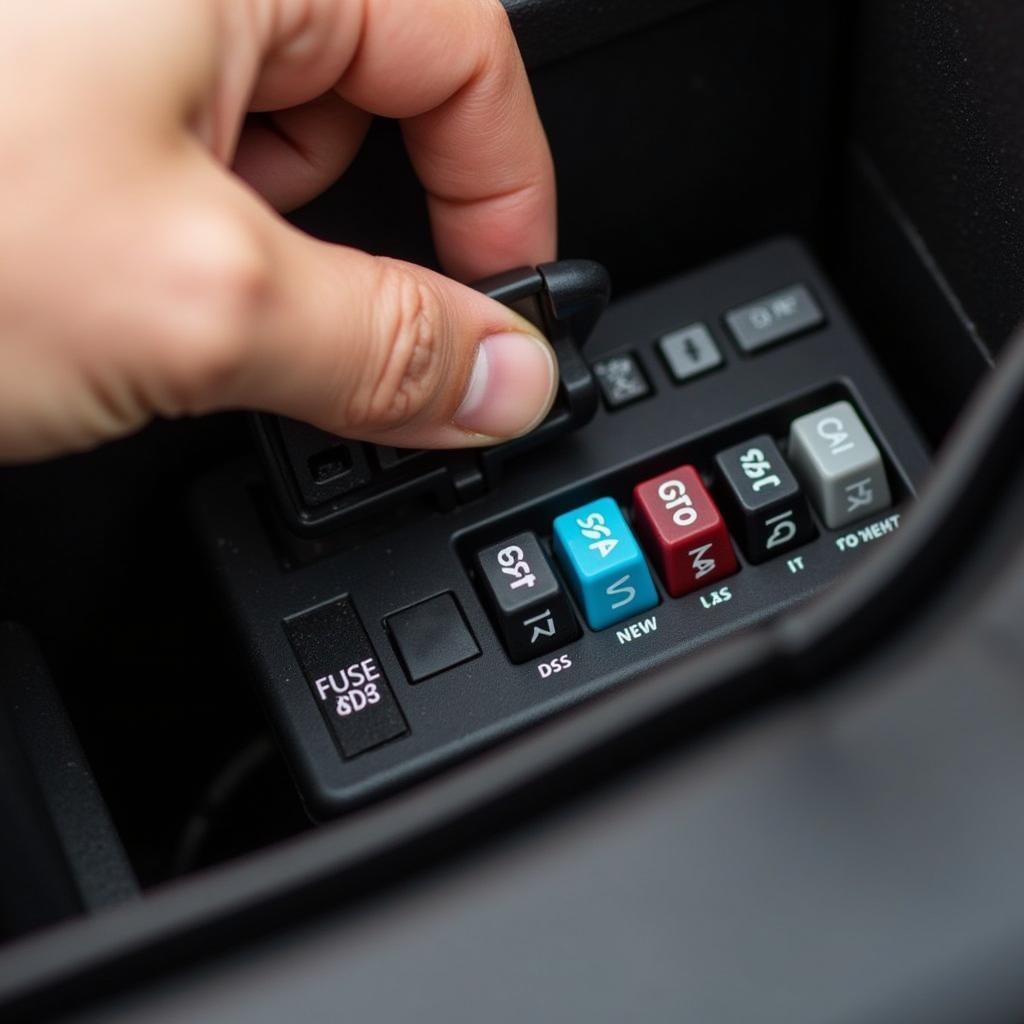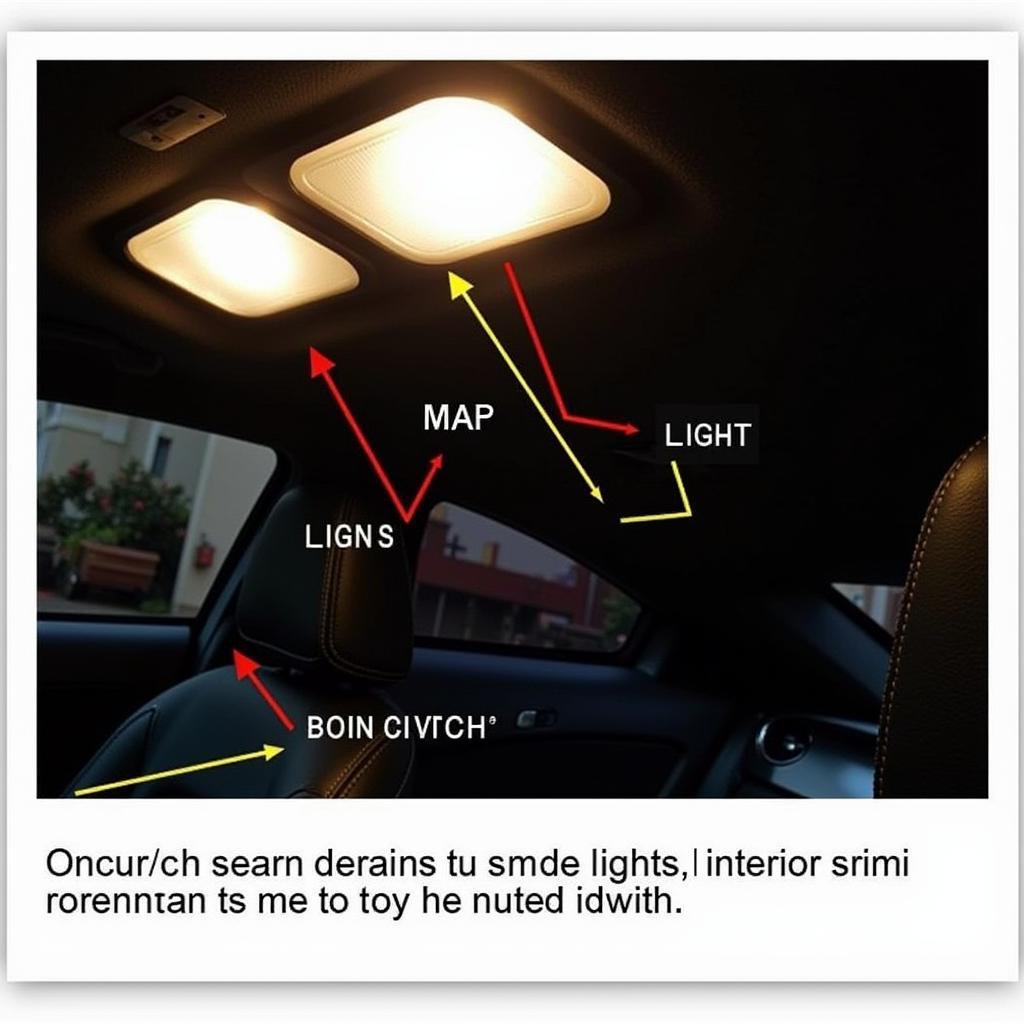The brake warning light on your 2004 Jeep Liberty is more than just an annoyance; it’s a crucial safety indicator. Ignoring it could lead to dangerous driving conditions and costly repairs. This comprehensive guide will delve into the common causes behind a 2004 Jeep Liberty brake warning light, empowering you to diagnose and address the issue effectively.
Decoding the Warning: What Your Brake Light is Telling You
The brake warning light on your dashboard, often a red exclamation mark within a circle, serves as your vehicle’s primary communication method for brake system concerns. When illuminated, it signals a potential problem within your Jeep Liberty’s intricate braking system. Here’s what it could be indicating:
- Low Brake Fluid: This is often the most common culprit. Brake fluid, a hydraulic fluid, is the lifeblood of your braking system, transmitting force from the brake pedal to the wheels. A leak or significant drop in fluid level can severely compromise braking performance.
- Worn Brake Pads: Your brake pads are designed to wear down over time. When they reach a certain thinness, a sensor embedded within the pad triggers the warning light, urging you to replace them.
- Faulty Brake Light Switch: Your brake light switch, located under the brake pedal, is responsible for activating your brake lights when you press the pedal. If malfunctioning, it can disrupt the signal to both the brake lights and the warning light system.
- ABS Issues: While less common, problems with the Anti-lock Braking System (ABS), such as a faulty sensor or control module, can also illuminate the brake warning light.
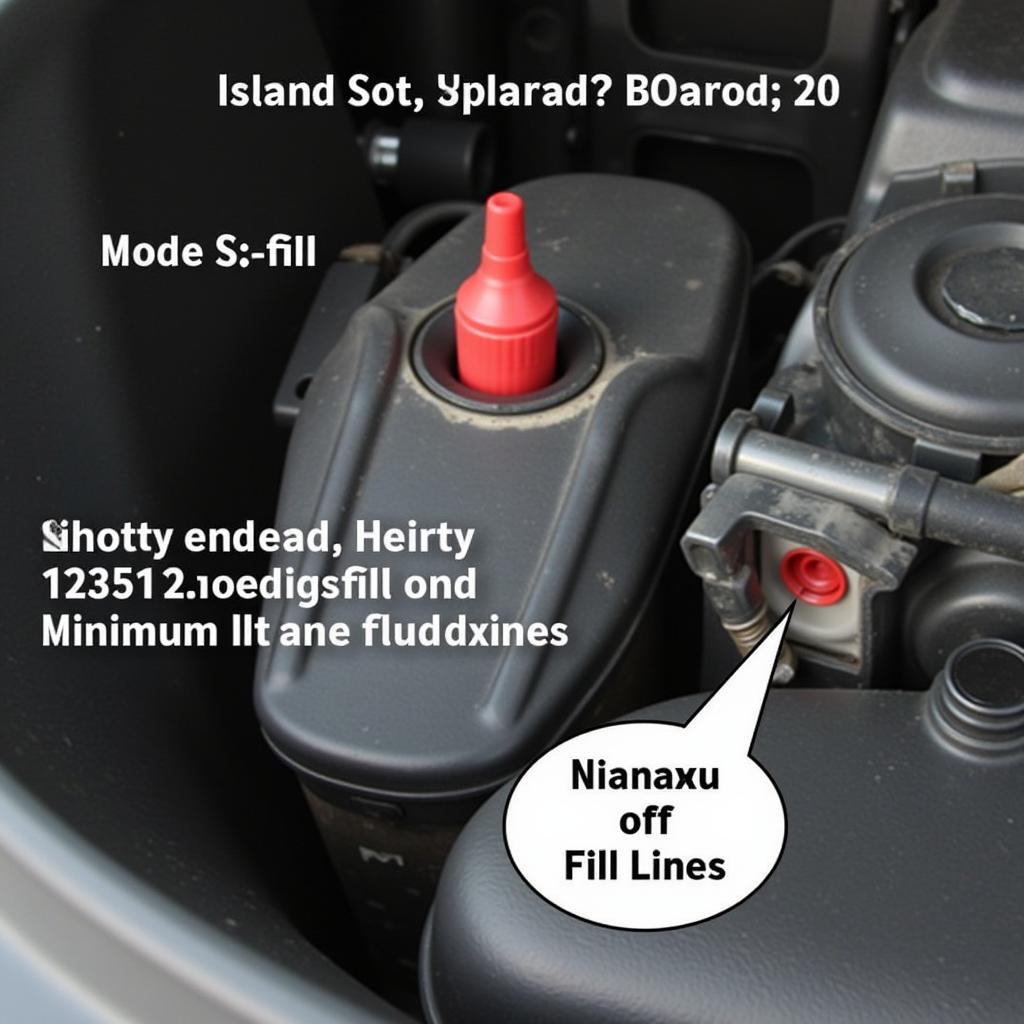 Brake Fluid Reservoir
Brake Fluid Reservoir
Diagnosing the Problem: A Step-by-Step Guide
- Check Brake Fluid Level: Park your Jeep Liberty on a level surface and engage the parking brake. Locate the brake fluid reservoir under the hood; it’s usually a translucent plastic container with a black cap. Compare the fluid level to the “MIN” and “MAX” markings on the side.
- Inspect for Leaks: If the fluid level is low, carefully examine the area around the reservoir, brake lines, and near the wheels for any signs of leaks. Brake fluid is typically clear or light amber and has a slightly oily consistency.
- Assess Brake Pad Wear: While visually inspecting your brake pads requires removing a wheel, you can often get an idea of their condition by listening carefully while braking. A screeching or grinding sound usually indicates worn brake pads.
- Test Brake Light Functionality: Have a friend press the brake pedal while you stand behind the vehicle. Ensure all three brake lights illuminate when the pedal is depressed. If not, a faulty brake light switch could be the culprit.
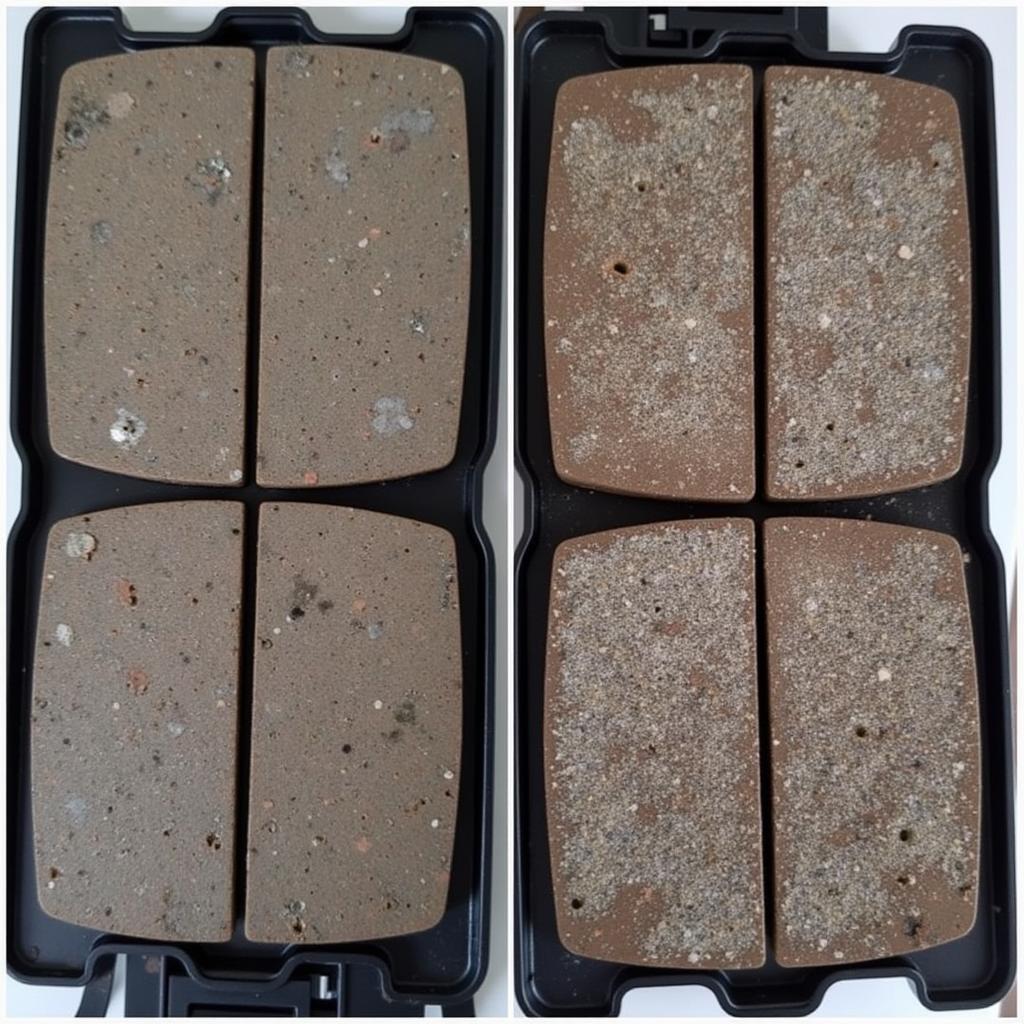 Worn Brake Pads
Worn Brake Pads
Addressing the Issue: Repair or Seek Professional Help?
- Adding Brake Fluid: If you discover a low fluid level with no apparent leaks, carefully top off the reservoir with the recommended brake fluid type specified in your owner’s manual. However, this is a temporary solution; it’s crucial to have your brake system inspected by a qualified mechanic to identify the underlying cause of the low fluid.
- Brake Pad Replacement: Worn brake pads necessitate immediate replacement to ensure optimal braking performance and safety. While some mechanically inclined individuals may choose to tackle this task themselves, it’s generally advisable to have a professional mechanic handle brake pad replacements.
- Brake Light Switch and ABS Issues: Diagnosing and repairing problems with the brake light switch or the ABS system often require specialized tools and expertise. It’s best to entrust these repairs to a qualified mechanic to avoid potential complications.
“Addressing brake issues promptly is non-negotiable,” advises seasoned automotive engineer, Mark Stevenson. “A well-maintained brake system is paramount for your safety and the safety of others on the road.”
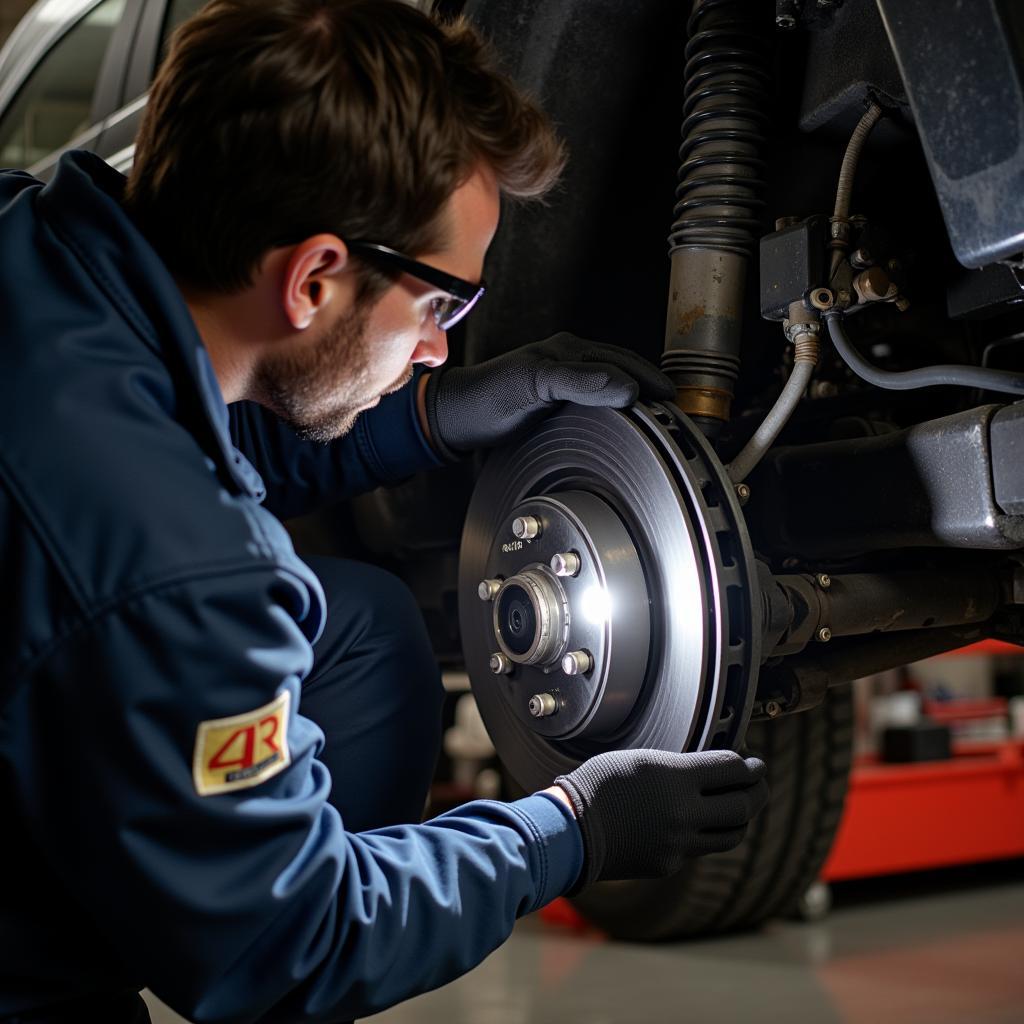 Brake System Inspection
Brake System Inspection
Conclusion
The brake warning light in your 2004 Jeep Liberty should never be ignored. While it might signal a minor issue like low brake fluid, it could also indicate a more serious problem requiring immediate attention. By understanding the potential causes and following the diagnostic steps outlined, you can approach the issue confidently and ensure your Jeep Liberty’s braking system is in peak condition, providing you with peace of mind on the road.


